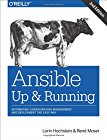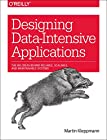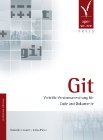
Once, when I picked up a book from the local library, the librarian asked to tell her what I thought about the book when I would bring it back. Well, why not write a few lines about all the books I read so everybody could see what I thought about it? I'm often also happy to have friends recommend a certain book or tell me this and that is not really worth reading. I won't comment about the tons of books I have read so far, but about books I read from now on.
| highly recommended | sehr empfohlen | |
| good reading | gutes lesematerial | |
| average | durchschnittlich | |
| not too interesting | nicht allzu interessant | |
| recommended not to read it | empfehlung das buch nicht zu lesen |






























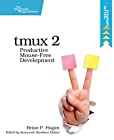















































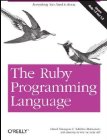








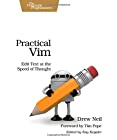






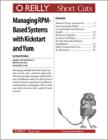





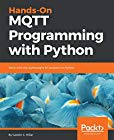











































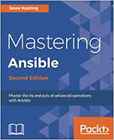



 |
|
|---|---|
| title | The Open Organization |
| author | Jim Whitehurst |
| ISBN-10 | 1-625-27527-7 |
| ISBN-13 | 978-1-625-27527-1 |
| ASIN | |
| rating | |
| date | 2015-Oct-12 |
Are you a manager? Or are your managed? I've been both and I'm positively certain this book appeals to both. But first things first.
Jim Whitehurst does a really great job not only describing this other way of running a company, but also in confessing that coming from a conventional top-down style management position to this more bottom-up style was not an easy transition. This confession, I believe, can be quite important for somebody new to this style of running things. Important to realize that you can not always have all the answers; more important even, to realize that nobody expects you to have the answers to all problems. Most important, probably, to realize that people will not listen to you simply because you have some fancy title on your business card but for other reasons, reasons you have to work for.
The book is easy to read, of manageable size (about 200 pages) and well structured. In the first part Jim talks about why this management style is superior in many environments. Part two explains how things are achieved the open way and in the third part he provides some samples what to do.
The fact that throughout the book Jim talks about associates, rather than employees, emphasizes the fact, that he really believes in what he writes about.
From a manager perspective, the book gives ample suggestions on how to lead (rather than boss about) people and thus have them work with you, rather than against you.
From the perspective of somebody being managed, it can give you some ideas where to challenge, where to support and when to shut up and accept some decisions.
And those sandwiched between higher-ups and subordinates can get ideas for both directions.
Myself, I strongly believe in the concept Whitehurst describes in his book. And I do know it can work and yield good results, even though I (unfortunately) have never seen it implemented as thoroughly as described in this book.


























































